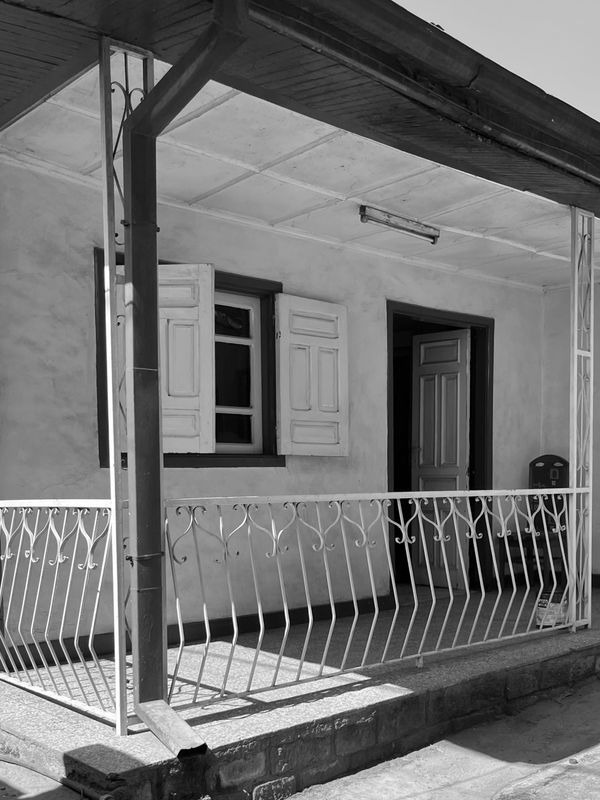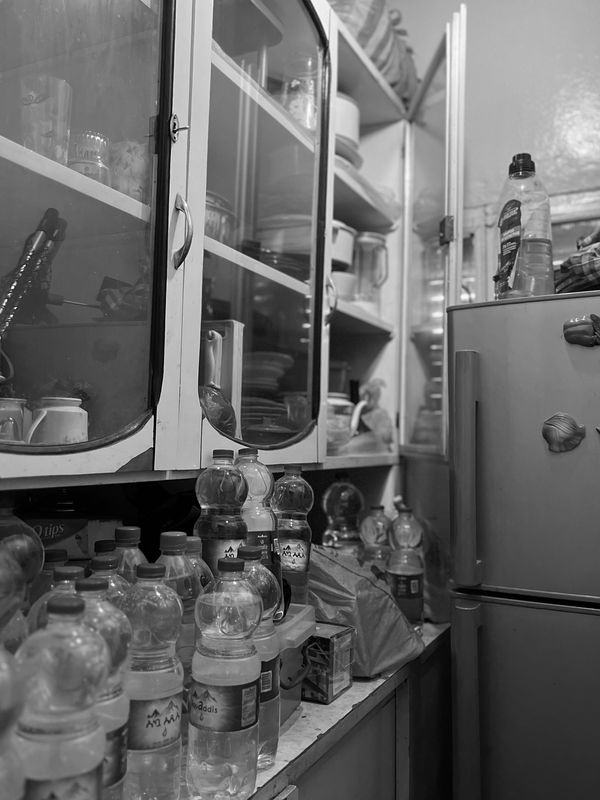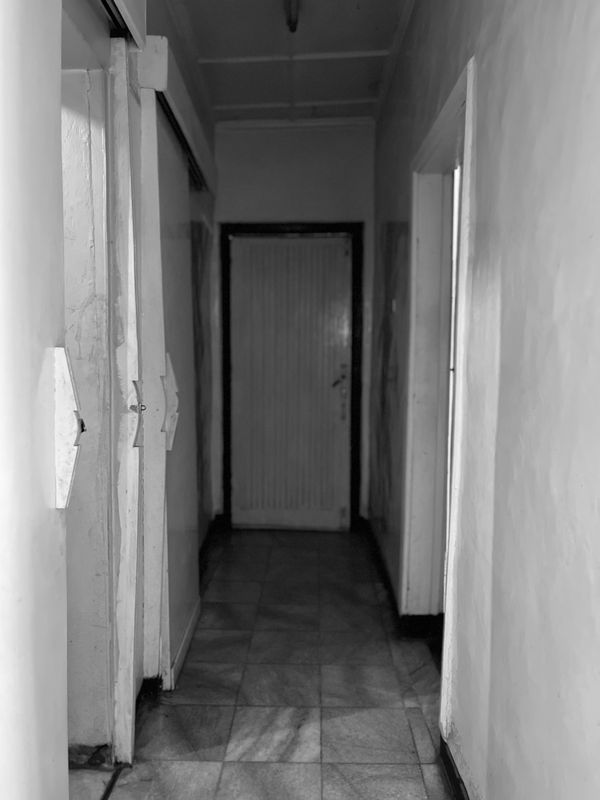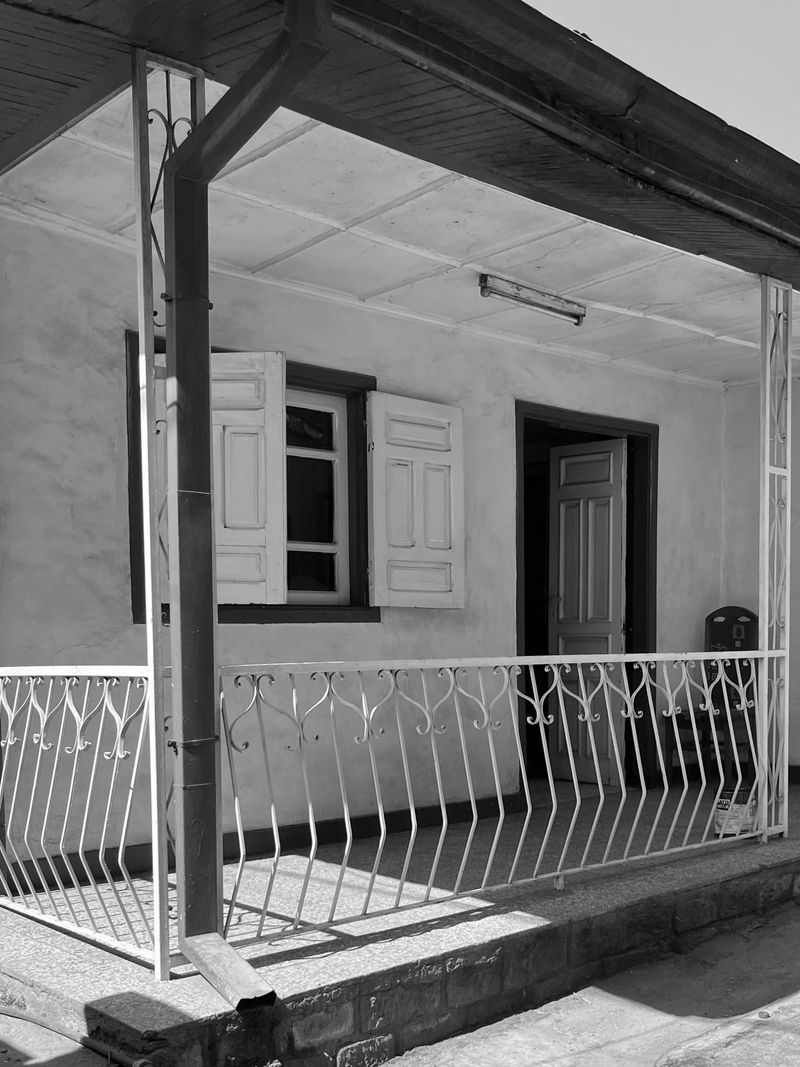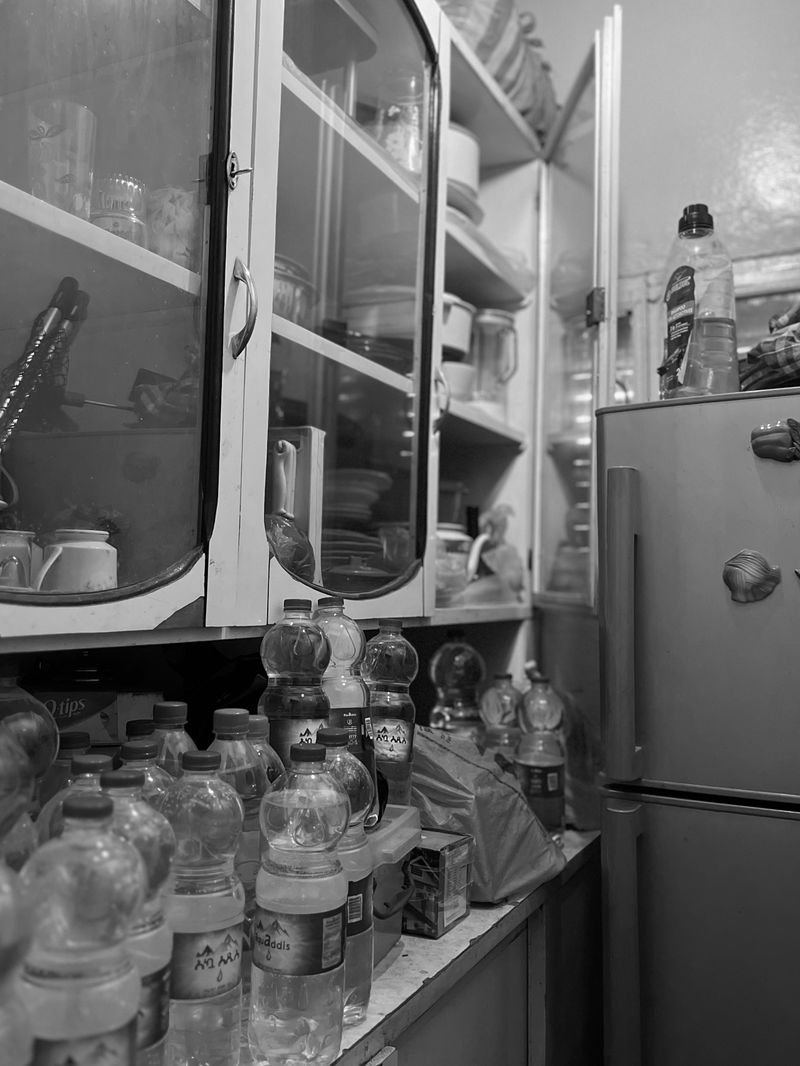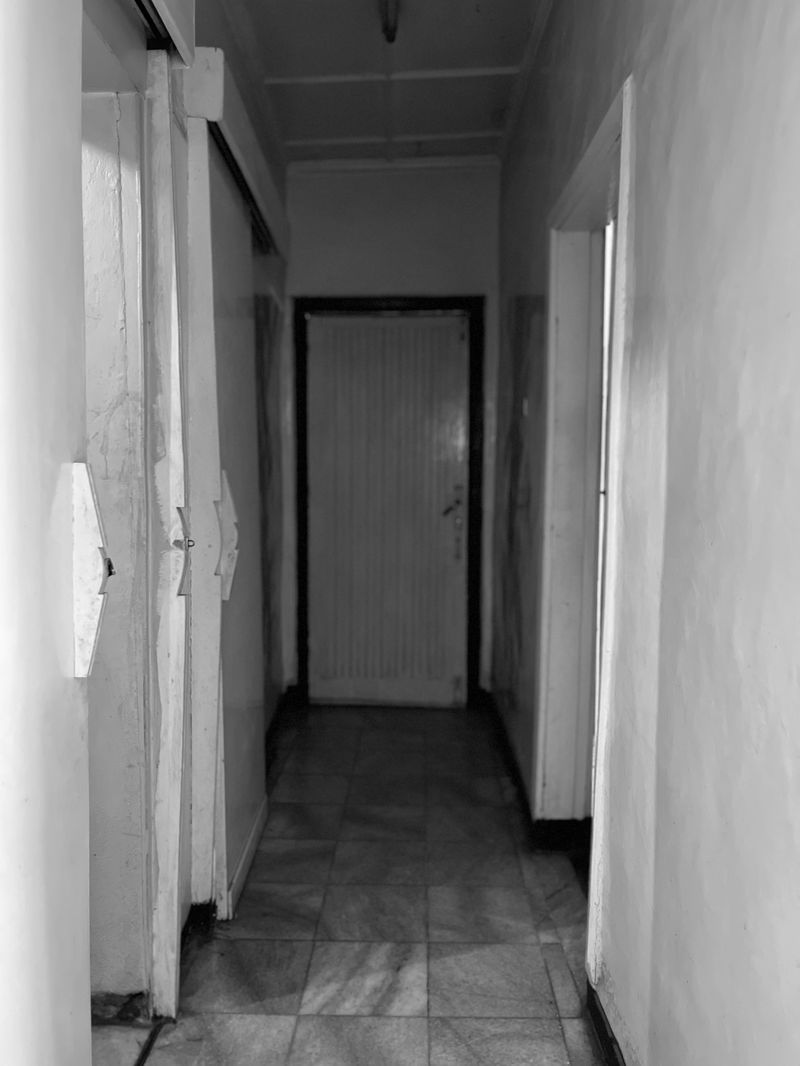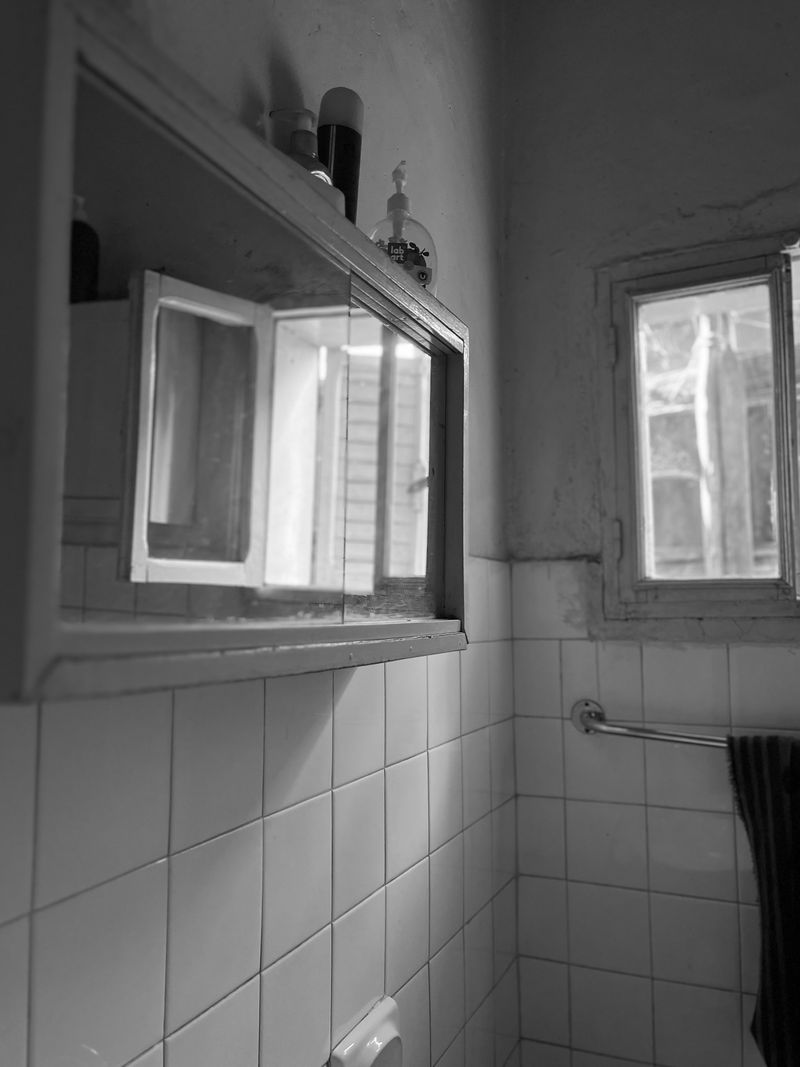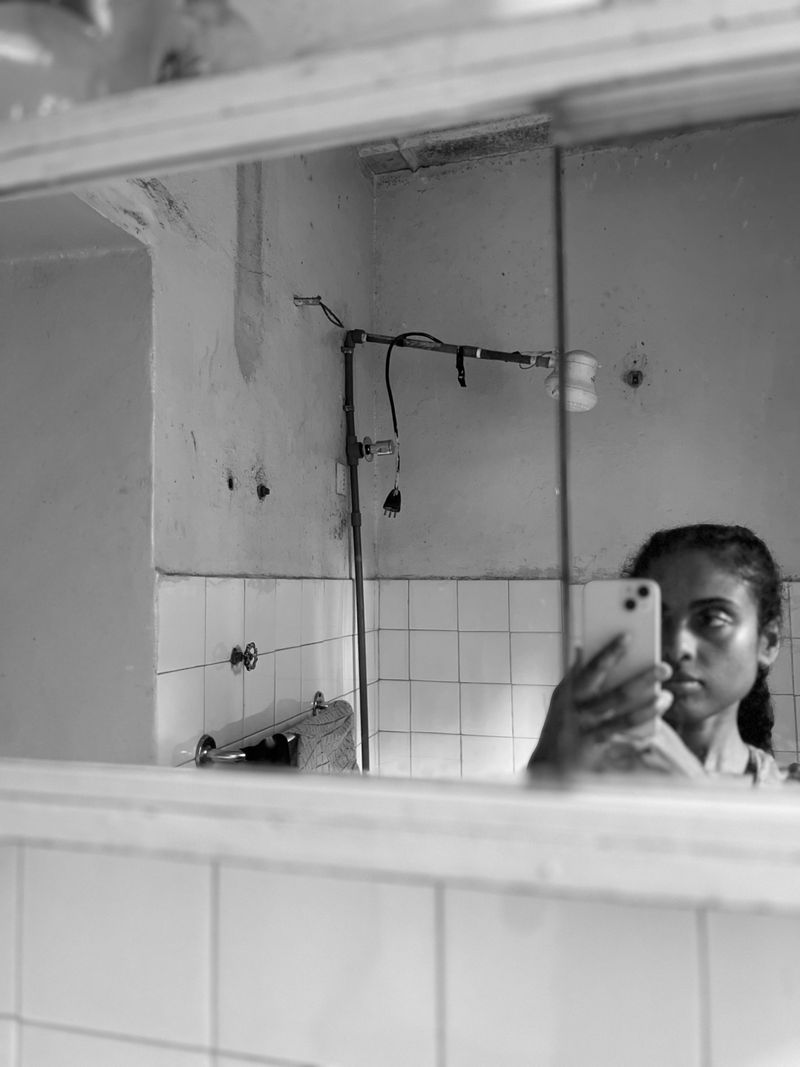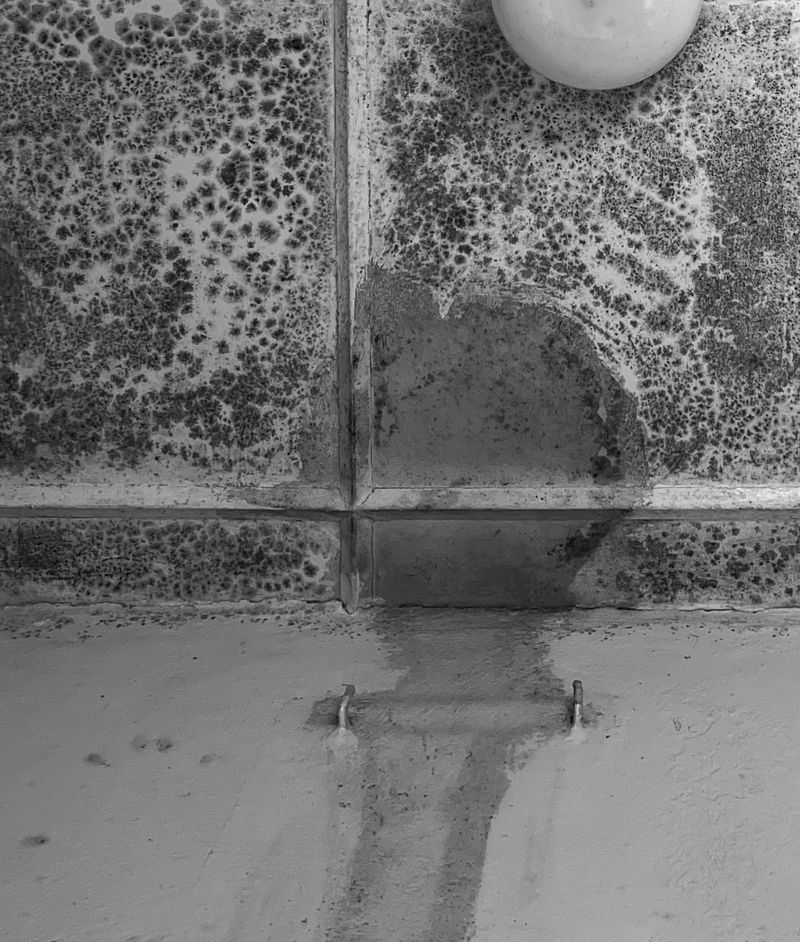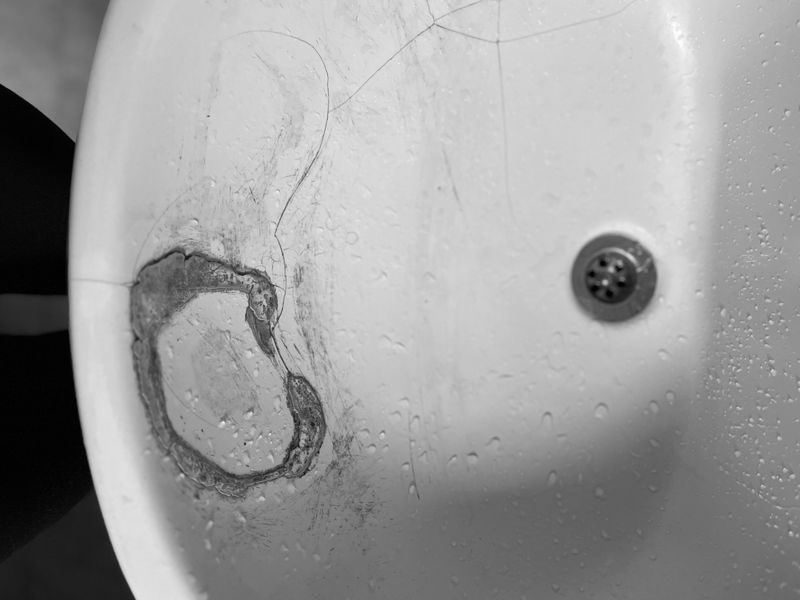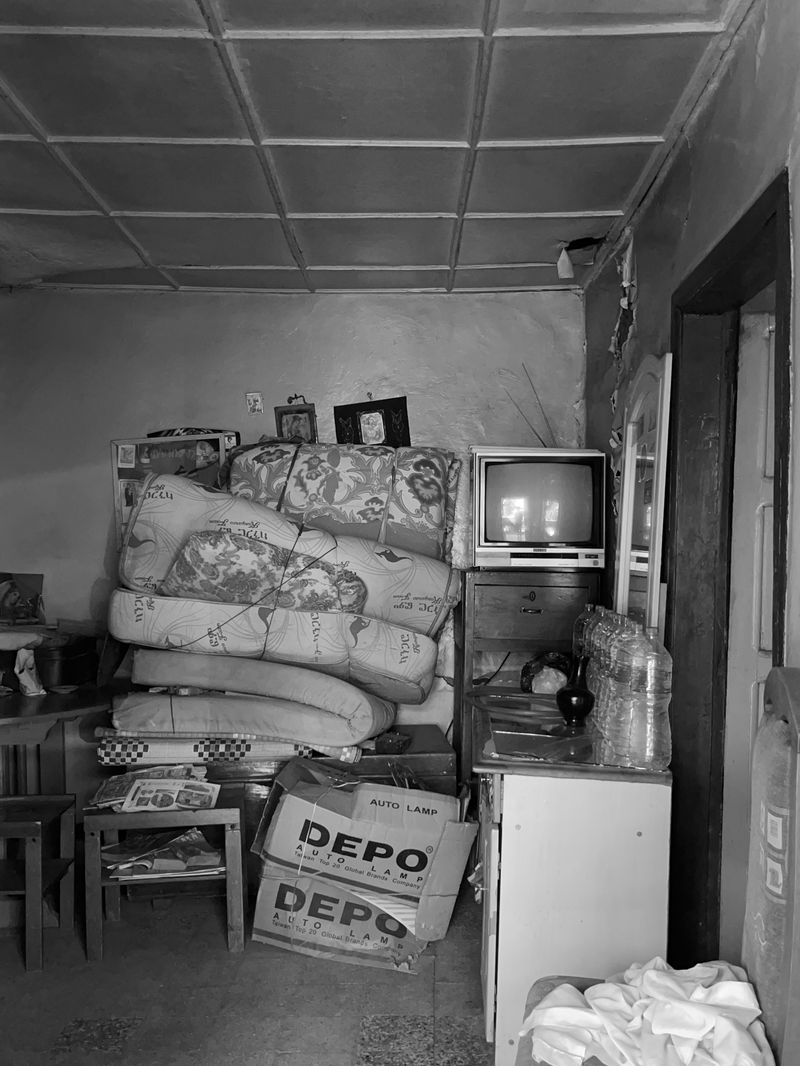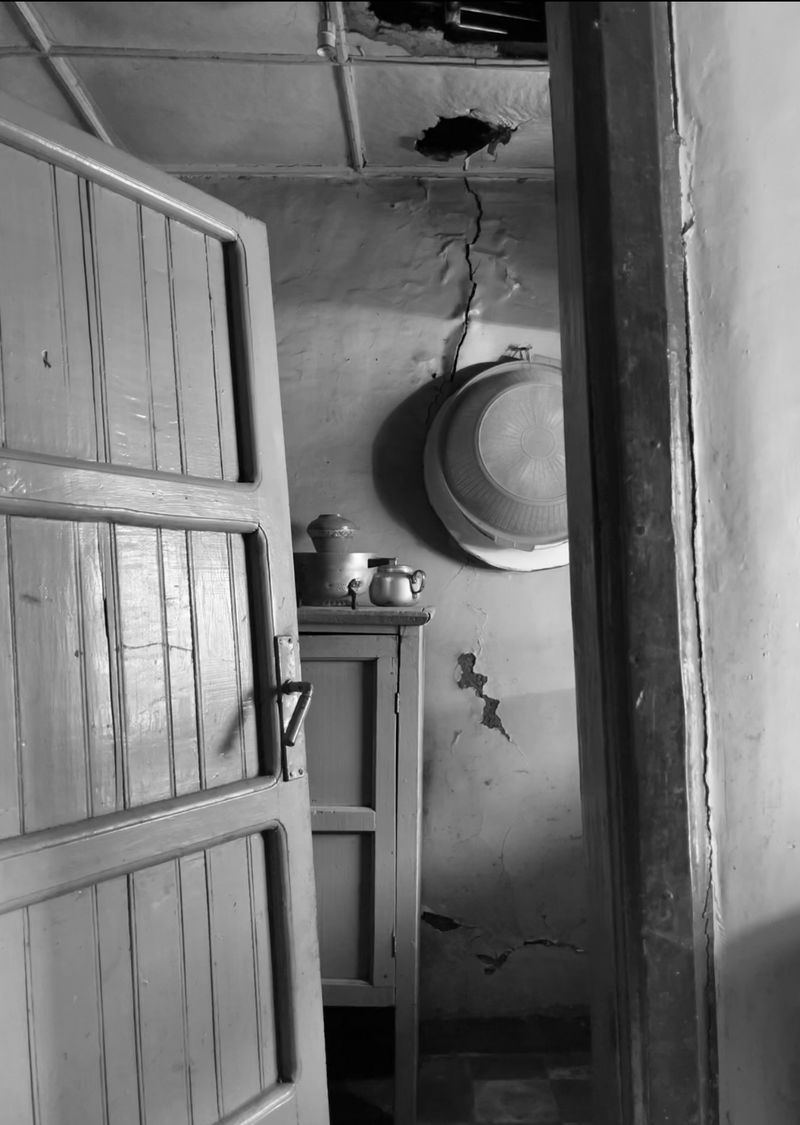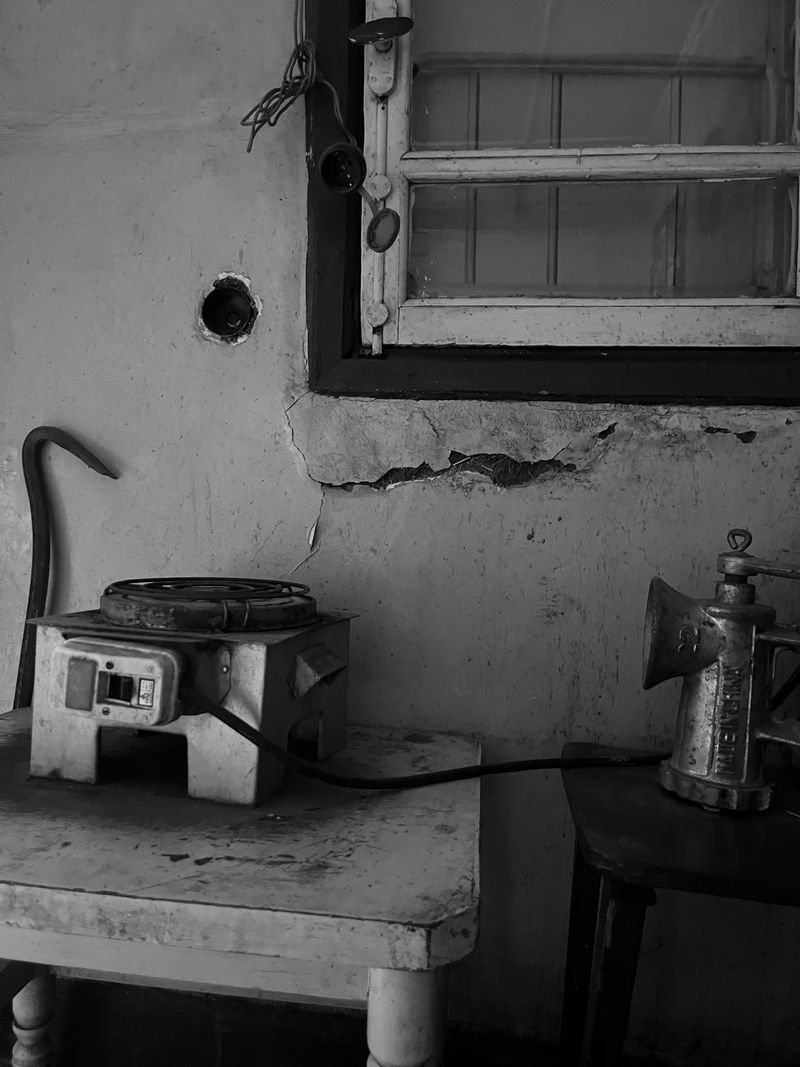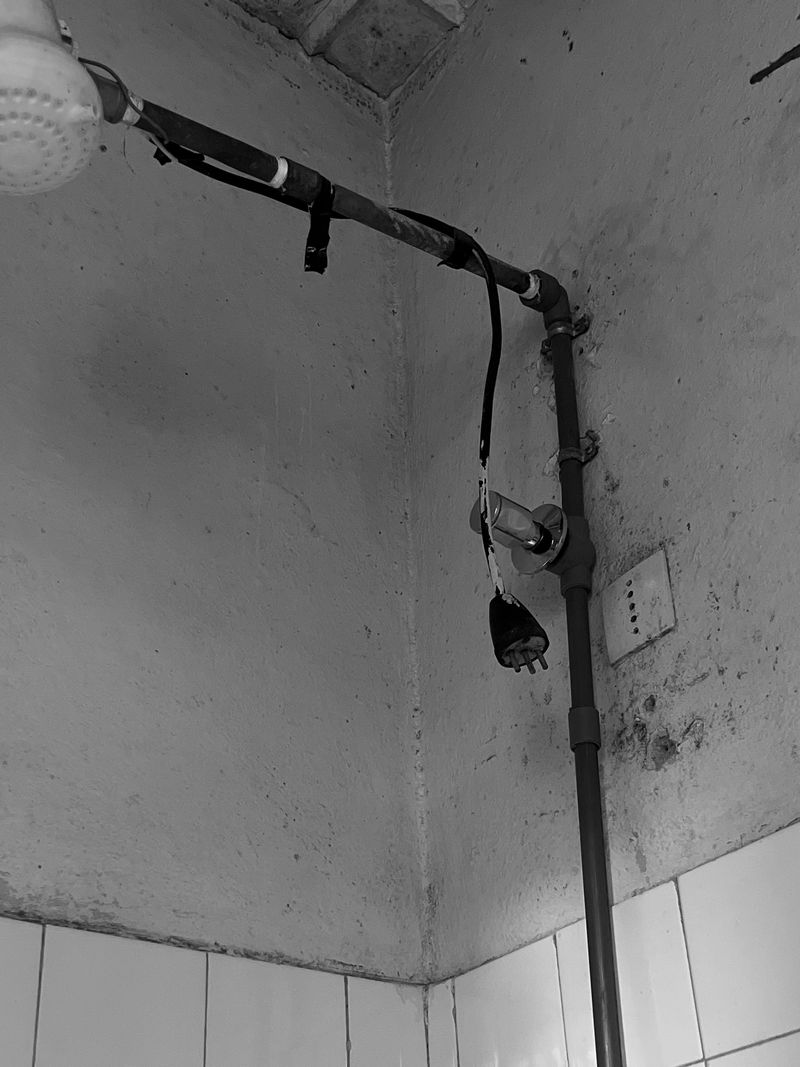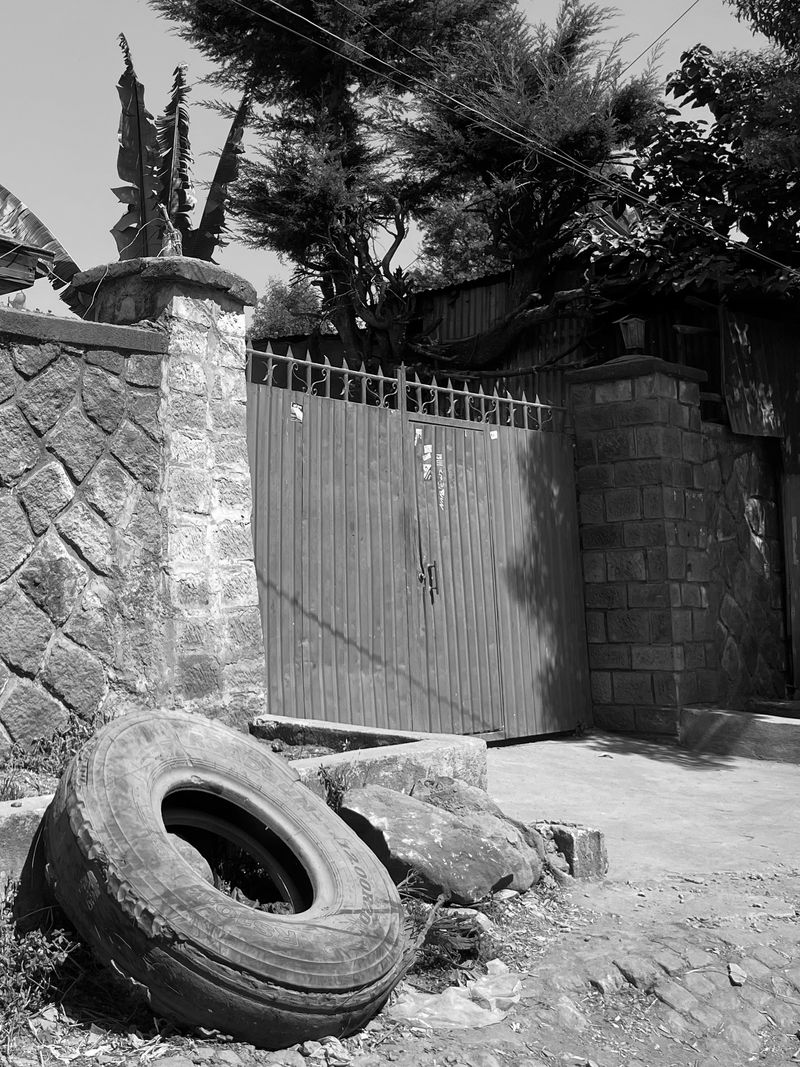Healing Through the Lens: How Photography Helped Me Process Grief
-
Dates2024 - 2024
-
Author
- Topics Documentary, Photobooks
- Location Addis Ababa, Ethiopia
This piece explores how photography became a therapeutic tool in my journey through grief. Returning to my grandmother's home after 13 years of her passing, I used the camera to confront memory, loss, and healing.
When my sisters and I drove by the gate for Grandma's memorial celebration, I froze. I had a sudden flashback of childhood memories sitting under her bedroom window when I felt pouty, hiding behind the narrow back peek of neighbors' fences, and the faint aroma of 'shiro' in the kitchen as I waited eagerly for her special dish—each scene tinged with comfort and longing. In that moment, I smiled in these memories, knowing that Grandma would smile at them too.
Photographing her house became my way of understanding both my feelings and how grief manifests physically and psychologically. One of the first things I noticed was her personal belongings that remained untouched, and how her home was unmaintained. Her home was a mix of preservation and neglect—old and new appliances layered together—highlighting a desire to hold onto her memory amid fading details. This felt like a manifestation of an emotion my family carried—perhaps a collective desire to freeze time and preserve her memory. This filled me with sadness for my family.
Living at a distance, I felt her absence differently—more abstract and less immediate. I had never been able to fully understand or express how deeply separation affected me. During the visit, my camera gave me a way to explore my own grief—not to fix it, but to hold it and transform my relationship with it. To bridge the gap between understanding grief's physiological roots and my own healing journey, I realized that photography allowed me to engage with these inner reactions actively. Instead of merely feeling the emotional weight, I could give visual form to my memories and sensations—transforming the intangible into something tangible, something I could examine and hold onto. Through the lens, I found a way to confront and process my grief directly, making the invisible shifts within me more accessible and manageable. Documenting her space helped me reach a place of deeper acceptance.
After my visit, I researched what it means to experience grief on a physiological and physical level. According to studies in neurobiology, when we experience the absence of a loved one, the brain perceives this as a threat to survival, leading to shifts in cortisol and adrenaline hormones and physiological stress responses. These shifts impact cognitive functions such as memory, decision-making, and attention, and they increase vulnerability to conditions like PTSD and depression.
This research helped me understand why my family often responded to grief with denial, avoidance, and emotional suppression—behaviors rooted in physiological stress responses. My family had experienced sudden loss on multiple occasions, but within our cultural setting—where expressing feelings openly was rare—we often left grief unspoken and unprocessed. By combining my research with the perspectives offered through the lens, I gained a deeper empathy for how my family members silently navigated their grief.
My healing is an ongoing journey, still unfolding over time.
